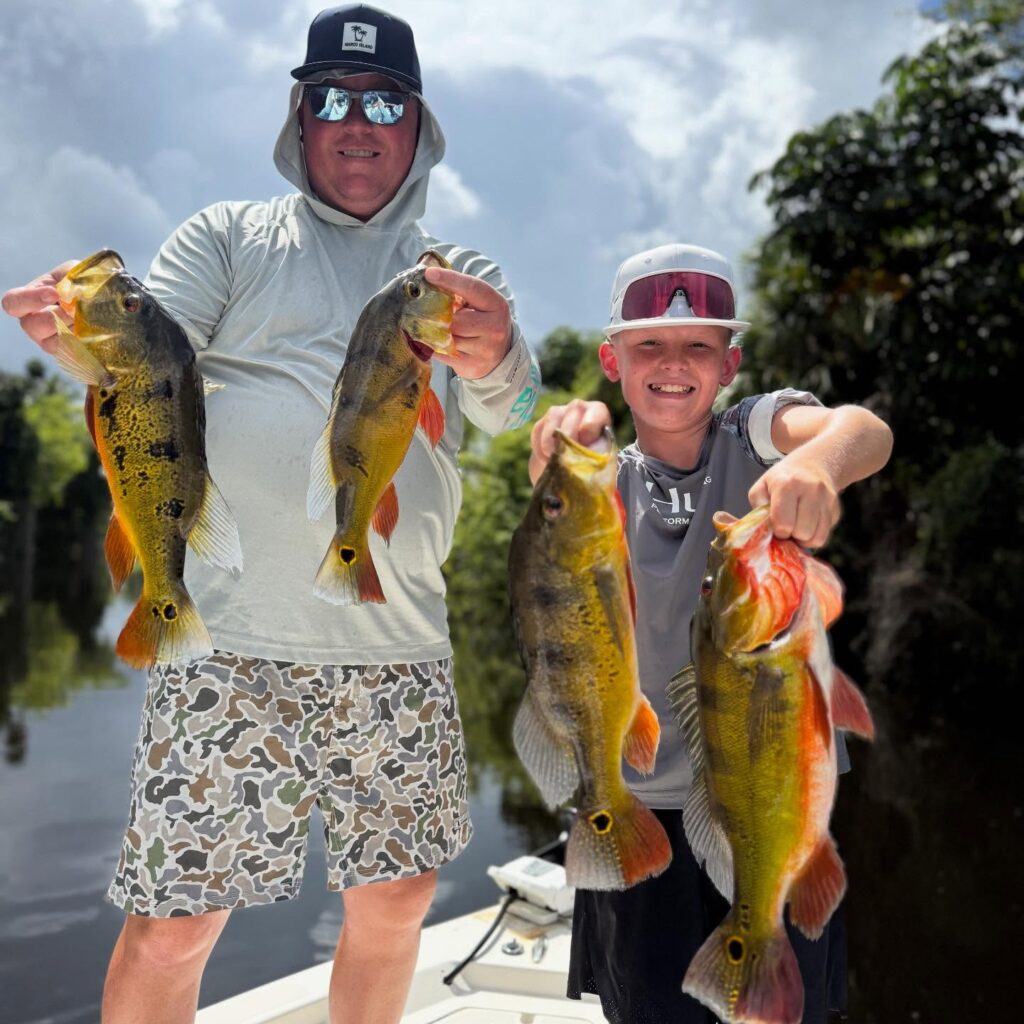Fishing in Fort Myers is one of the most rewarding outdoor experiences you can have in Southwest Florida. The region’s waters are home to a variety of fish species, from snook and redfish to tarpon and grouper. However, successful fishing in Fort Myers isn’t just about the right bait or boat—it’s also about understanding how weather and tides affect fish behavior. These natural factors play a major role in determining when and where fish will bite. Whether you’re heading out on a Fort Myers fishing charter or planning a solo trip, knowing how weather and tides work together can make all the difference.
The Role of Weather in Fort Myers Fishing
Weather conditions can dramatically influence fishing success in Fort Myers. Factors like temperature, wind direction, and barometric pressure all affect how active fish are and where they’re likely to be found.
1. Temperature and Fish Activity
Fish are cold-blooded animals, meaning their body temperature—and activity level—is affected by the water temperature. In Fort Myers, where the subtropical climate keeps waters warm most of the year, this plays a huge role.
- Warm Water: During late spring and summer, fish like snook and tarpon become highly active in the warm shallows and near estuaries.
- Cooler Water: In winter, species like redfish and sheepshead move to deeper channels and warmer pockets.
Morning and late afternoon, when temperatures are moderate, tend to be the best times for fishing trips—especially during hot summer months when midday heat can drive fish deeper.
2. Barometric Pressure
Barometric pressure (the weight of the air) influences fish feeding behavior.
- Before a Storm: As pressure drops before a storm, fish sense the change and feed aggressively.
- During a Storm: High winds, rain, and choppy waves can scatter fish and make them harder to catch.
- After a Storm: When pressure stabilizes, fish gradually resume normal feeding habits.
This is why experienced Fort Myers fishing charter captains often plan trips just before or after weather changes for optimal results.
3. Wind Direction and Speed
Wind affects water clarity, currents, and surface temperature. Gentle onshore winds (blowing from the Gulf toward the coast) can push baitfish closer to shore, attracting larger game fish. However, strong winds can make the water murky and difficult to fish.
If you’re fishing near the Fort Myers coastline or on Sanibel and Captiva Islands, always check wind forecasts before heading out—especially for smaller boats.
The Importance of Tides in Fort Myers Fishing
Fort Myers’ fishing success also depends heavily on tide movements. The region’s coastal and estuarine systems are influenced by the Gulf of Mexico, where tides determine water levels and fish feeding cycles.
1. High Tide
During high tide, fish move closer to shorelines, mangroves, and docks to hunt for smaller prey. This makes it an excellent time to fish for snook, redfish, and mangrove snapper. If you’re fishing from the shore or on a half-day charter trip, aim to start as the tide begins to rise.
2. Low Tide
When the tide is low, the water recedes, exposing flats, oyster bars, and shallow channels. Predatory fish often follow baitfish into these areas, but as water levels drop further, they move to deeper pockets.
Fishing right after low tide, when water starts to rise again, often produces steady bites.
3. Incoming vs. Outgoing Tides
- Incoming Tide: Fresh, oxygen-rich water flows in, stimulating fish activity and making this the most productive time for inshore fishing.
- Outgoing Tide: As water moves out, baitfish are swept toward open waters—perfect for targeting larger predators near channels and inlets.
Local captains often coordinate Fort Myers fishing charters with tide charts to ensure anglers are in the right spot at the right time.
Weather, Tides, and Fish Species Behavior
Each species in Fort Myers responds differently to weather and tide changes:
- Snook: Prefer warm water and feed aggressively during incoming tides.
- Redfish: Thrive in cooler months and are often found around oyster bars during low tide.
- Tarpon: Follow migratory patterns that align with water temperature, showing peak activity during calm, warm mornings.
- Sea Trout: Favor moving tides and cooler waters early in the day.
By understanding these patterns, anglers can increase their chances of landing their target species.
Planning the Perfect Fort Myers Fishing Trip
To get the most out of your fishing adventure, preparation is key.
- Check the Weather Forecast: Avoid stormy or overly windy conditions. Apps like Windy and NOAA Marine Forecast can help.
- Study Tide Charts: Local bait shops and marinas often provide free tide tables for Fort Myers.
- Book with Experienced Captains: Seasoned local guides know how to read the weather and tide patterns and adjust routes accordingly.
- Pack Smart: Bring sunscreen, polarized sunglasses, and light rain gear—Florida weather can change quickly.
Final Thoughts
In Fort Myers, fishing success goes hand in hand with understanding the environment. Weather and tides are not obstacles—they’re tools that help you predict where the fish will be and when they’ll strike. By learning to read these natural cues, you’ll not only catch more fish but also gain a deeper appreciation for the rhythms of the Gulf.
Whether you’re casting a line from the pier or heading out with a professional Fort Myers fishing charter, remember: the best anglers don’t fight nature—they work with it.

